The tile market exhibits a dynamic competitive landscape characterized by a blend of innovation, strategic partnerships, and regional expansion. Key players such as Mohawk Industries (US), Daltile (US), and Porcelanosa (ES) are actively shaping the market through their distinct operational focuses. Mohawk Industries (US) emphasizes sustainability and digital transformation, aiming to enhance its product offerings while reducing environmental impact. Daltile (US), a subsidiary of Mohawk, focuses on localized manufacturing and supply chain optimization, which allows for greater responsiveness to market demands. Meanwhile, Porcelanosa (ES) leverages its strong brand reputation and innovative designs to capture a premium segment of the market, indicating a competitive environment that rewards differentiation and quality.
The market structure appears moderately fragmented, with a mix of large multinational corporations and smaller regional players. This fragmentation is influenced by the diverse consumer preferences across different regions, prompting companies to adopt localized manufacturing strategies. For instance, optimizing supply chains has become a critical tactic for many firms, enabling them to reduce costs and improve delivery times. The collective influence of these key players fosters a competitive atmosphere where agility and responsiveness are paramount.
In October 2025, Mohawk Industries (US) announced a partnership with a leading technology firm to integrate AI-driven analytics into its supply chain management. This strategic move is likely to enhance operational efficiency and improve inventory management, positioning Mohawk to better meet consumer demands in real-time. The integration of AI technologies may also facilitate predictive analytics, allowing the company to anticipate market trends and adjust its offerings accordingly.
In September 2025, Daltile (US) launched a new line of eco-friendly tiles made from recycled materials, reflecting a growing consumer preference for sustainable products. This initiative not only aligns with global sustainability trends but also strengthens Daltile's market position by appealing to environmentally conscious consumers. The introduction of this product line may enhance brand loyalty and attract new customers, thereby driving sales growth in a competitive market.
In August 2025, Porcelanosa (ES) expanded its operations in the US by opening a new flagship showroom in New York City. This strategic expansion is indicative of the company's commitment to increasing its market presence and enhancing customer engagement. The showroom is expected to serve as a hub for showcasing innovative designs and fostering direct relationships with consumers, which could lead to increased brand visibility and sales.
As of November 2025, the tile market is increasingly defined by trends such as digitalization, sustainability, and the integration of advanced technologies. Strategic alliances among key players are shaping the competitive landscape, enabling firms to leverage each other's strengths and resources. The shift from price-based competition to a focus on innovation, technology, and supply chain reliability is evident, suggesting that companies that prioritize these aspects are likely to thrive in the evolving market. Looking ahead, competitive differentiation will hinge on the ability to adapt to these trends, with a clear emphasis on delivering value through innovative solutions and sustainable practices.


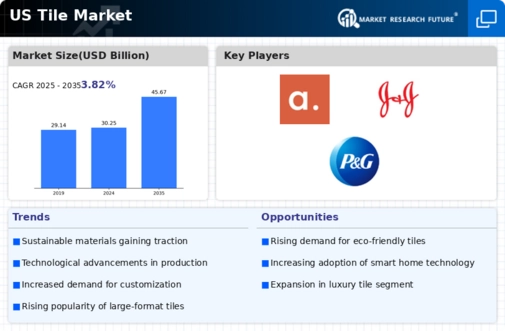
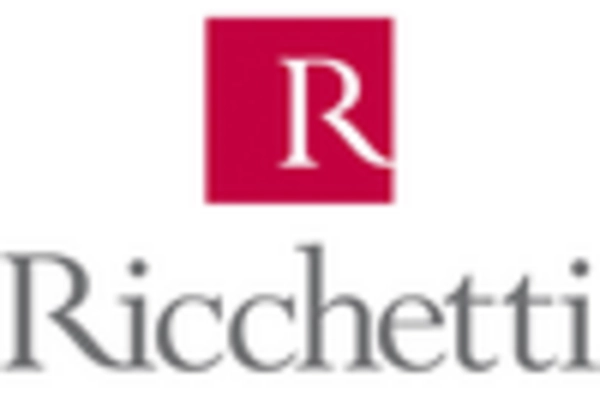
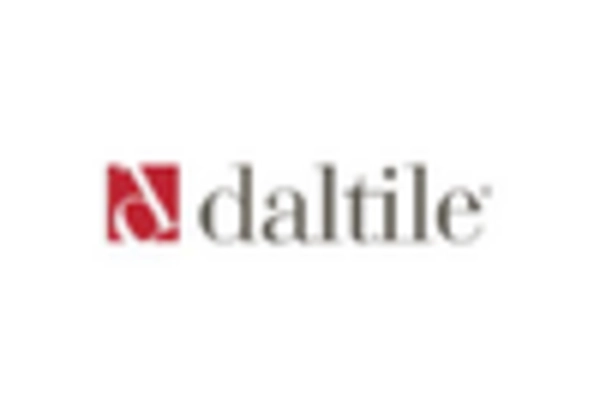
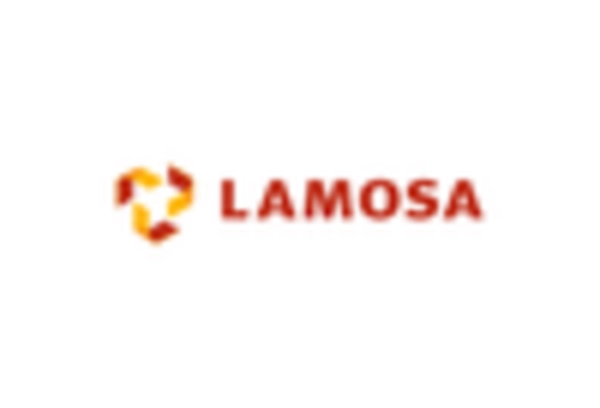
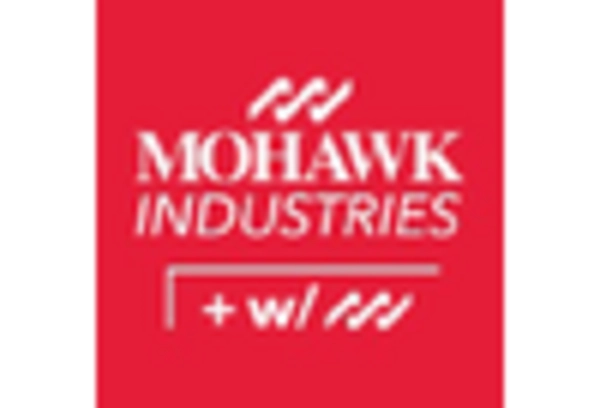

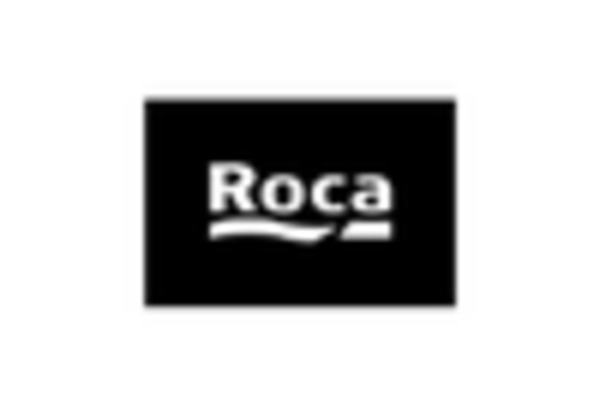








Leave a Comment